Preventive Maintenance Plan for Automatic Chicken Cutting Machine: Extend Equipment Lifespan, Reduce Maintenance Costs
Hello everyone, I'm John, a veteran in the meat processing industry for over a decade. I know how important equipment maintenance is. To ensure an automatic chicken cutting machine runs stably and efficiently for a long time, besides careful operation during daily use, regular preventive maintenance is indispensable.
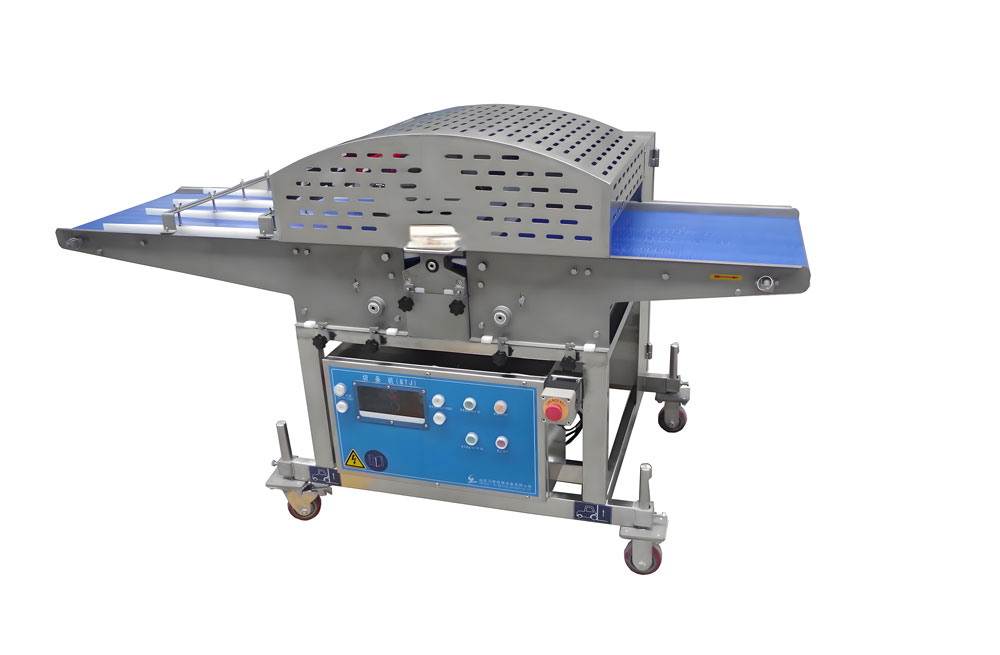
Today, I'm going to share my preventive maintenance plan for automatic chicken cutting machines, which I have accumulated over years. I hope this can help you better maintain your equipment, extend its lifespan, reduce maintenance costs, and improve production efficiency.
I. Daily Cleaning: Keeping the Machine Clean is the First Step of Maintenance
Thorough cleaning is the first and most basic step of preventive maintenance, which should be performed daily after using the automatic chicken cutting machine.
Cleaning Steps:
First, turn off the power, unplug the power cord, and ensure the machine is in a safe state.
Wipe the exterior of the cutting machine with a damp cloth to remove oil stains, meat scraps, etc.
Clean the blades and cutting table with a dedicated cleaner, avoiding corrosive cleaners.
Clean debris and dirt inside the machine using a vacuum cleaner or brush.
Wipe dry the surface and interior of the machine to ensure it is dry.
Cleaning Frequency:
Clean once daily after use to maintain cleanliness and hygiene.
Inspect the machine for any damage or malfunctions after each cleaning.
II. Regular Inspection: Discover Problems Early, Prevent Small Issues from Turning into Big Ones
Regular inspections are an essential part of preventive maintenance, allowing you to identify minor problems in the equipment in time, preventing them from developing into major issues, thus extending its lifespan and reducing maintenance costs.
Inspection Items:
Inspect the blades for wear and tear, replacing or sharpening them as needed.
Inspect the cutting table for looseness or damage, repairing or replacing it as needed.
Inspect the drive belt for looseness or wear, adjusting or replacing it as needed.
Inspect the motor, switches, and other components for proper function, repairing or replacing them as needed.
Check the oil tank level and refill with lubricant as needed.
Inspection Frequency:
Inspect once a week and record the inspection results.
Conduct a comprehensive inspection every quarter and perform corresponding maintenance and upkeep.
III. Regular Lubrication: Keep the Machine Running Smoothly, Extend Component Lifespan
Lubrication is another essential aspect of preventive maintenance, reducing friction between machine components, minimizing wear, and extending the equipment's lifespan.
Lubrication Points:
Drive shaft bearings
Cutting blade bearings
Sliding guides
Other moving parts
Lubricant Selection:
Choose lubricant that matches the type recommended in the machine's instruction manual.
Avoid using low-quality or expired lubricant.
Lubrication Frequency:
Lubricate once a week, adjusting based on the machine's usage frequency and ambient temperature.
Lubrication Method:
Use an oil gun or oil brush to apply lubricant to the required areas.
During lubrication, avoid splashing oil onto the motor or other electrical components.
IV. Precautions: Key Details You Can't Ignore
Instruction Manual: Read the machine's instruction manual carefully to understand its use and maintenance methods.
Safe Operation: Strictly follow safety operating procedures when operating the machine to prevent accidents.
Professional Repair: If the equipment encounters major malfunctions, it's recommended to contact professionals for repairs. Do not attempt self-repair to avoid further damage.
V. Maintenance Plan Table: Convenient Management, Improved Efficiency
For convenient management, it's recommended to establish a preventive maintenance plan table for the automatic chicken cutting machine. Record the items, time, maintenance personnel, etc. of each maintenance for tracking the equipment’s maintenance status, identifying problems timely, and addressing them promptly.
VI. Conclusion: Maintenance is Key, Extend Equipment Lifespan, Reduce Maintenance Costs
A preventive maintenance plan for automatic chicken cutting machines can effectively extend the equipment's lifespan, reduce maintenance costs, and improve production efficiency. I hope this content can help you. May your equipment always maintain good working condition and create more value for you!
Must-Read Blogs For Chain Restaurants Owner








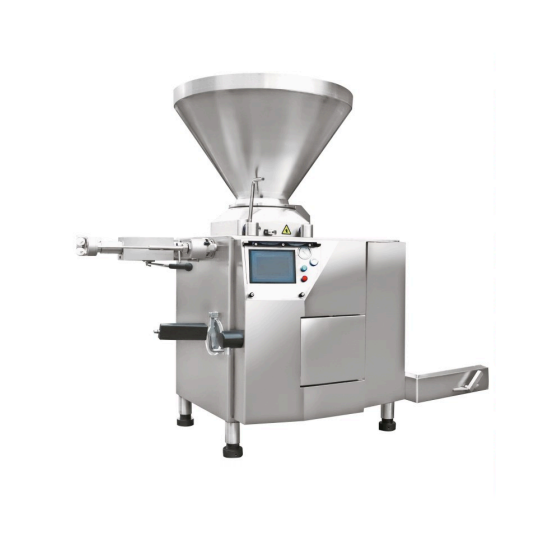
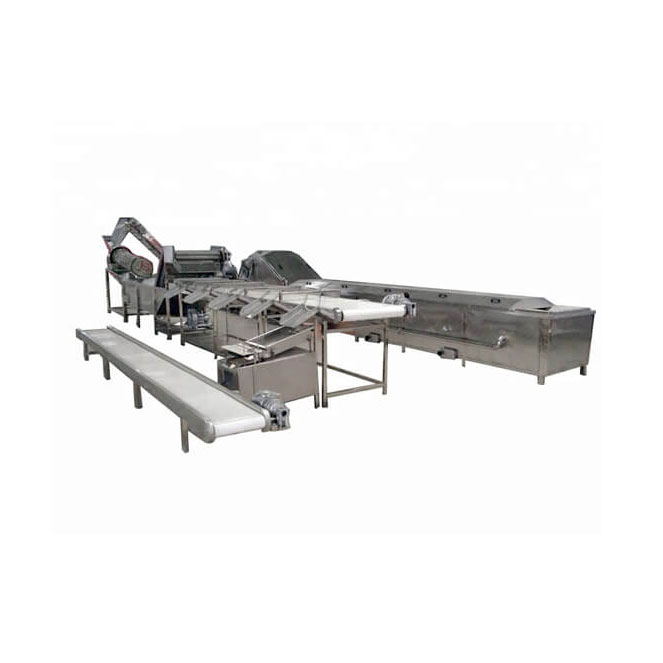
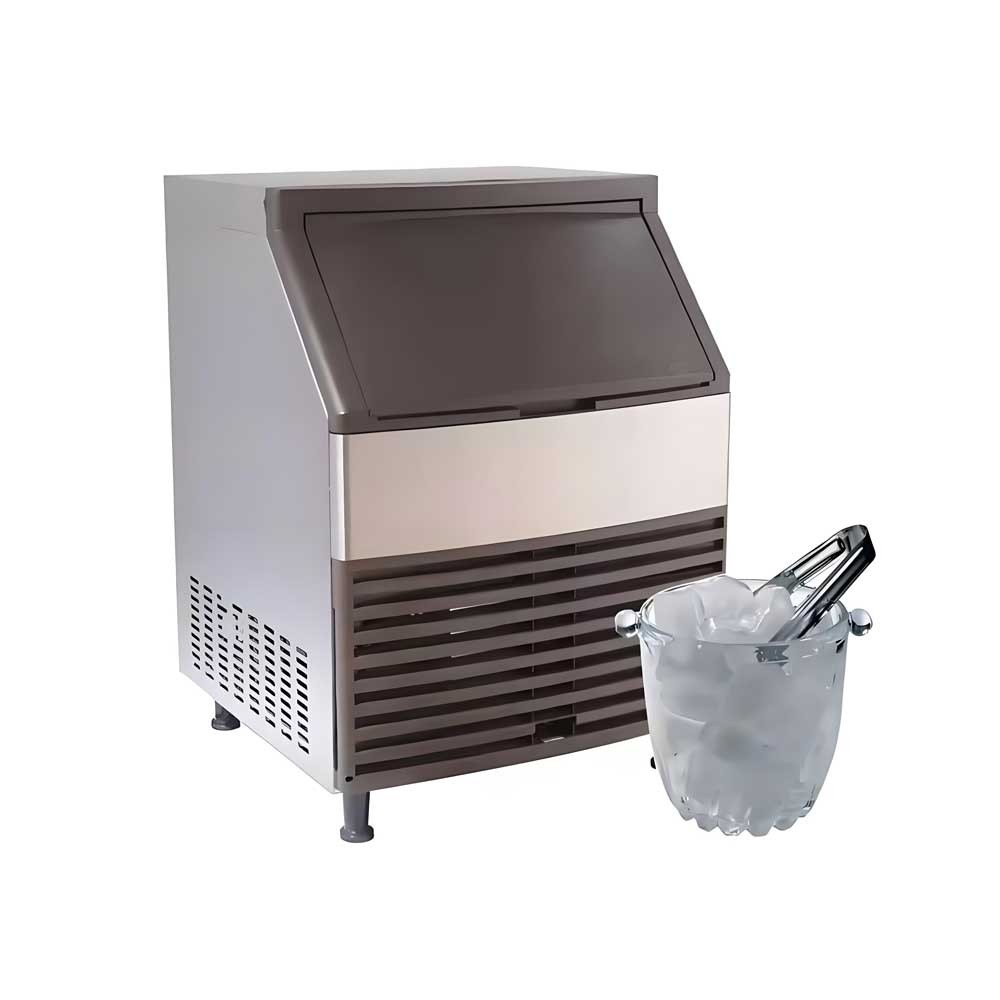
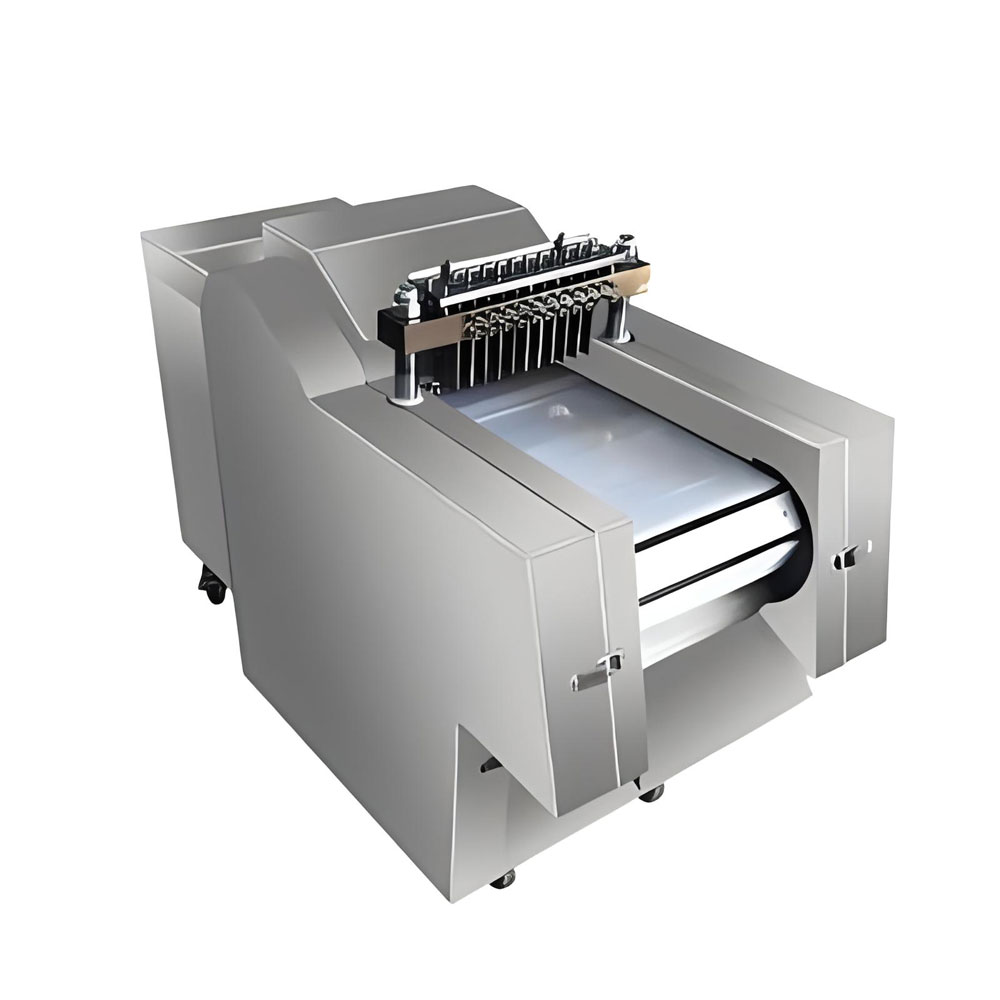 Automatic Chicken Cutting Machine
Automatic Chicken Cutting Machine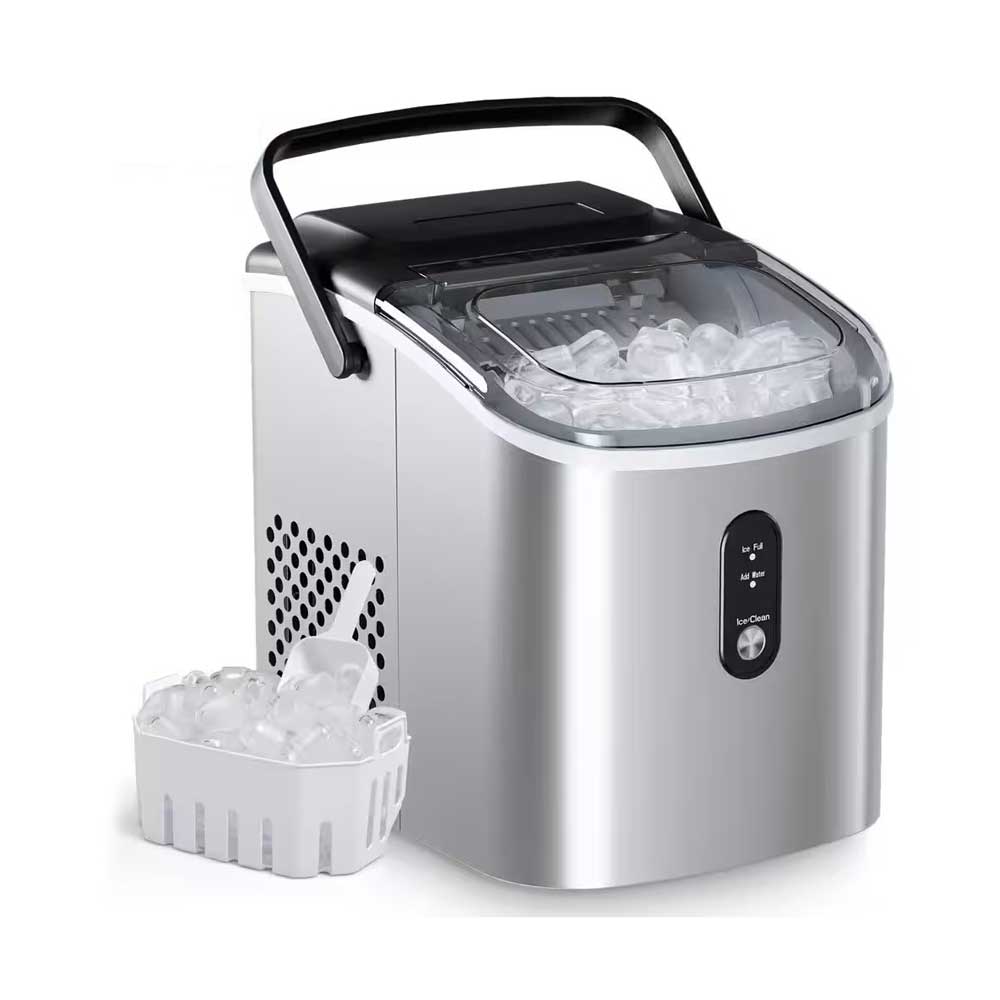 Portable Flake Ice Machine
Portable Flake Ice Machine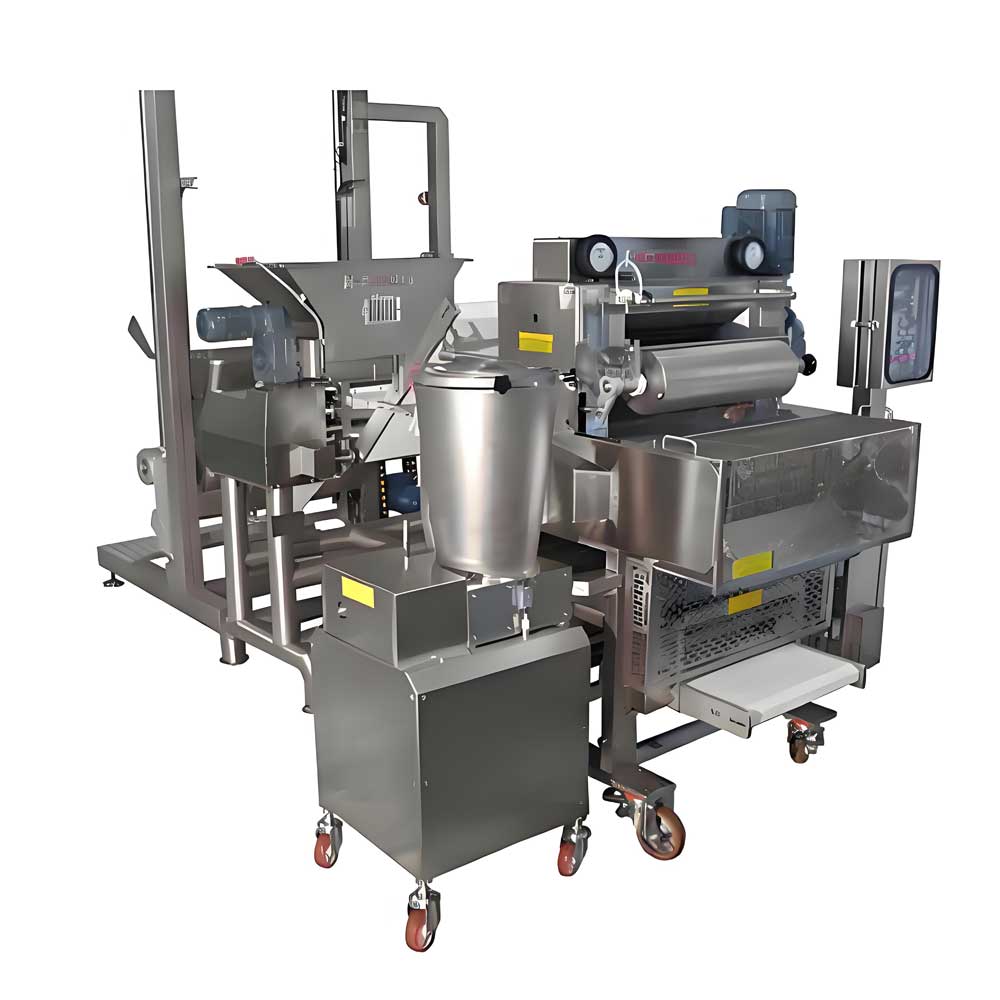 Pelmeni Making Machine
Pelmeni Making Machine
Ready to Get Started?